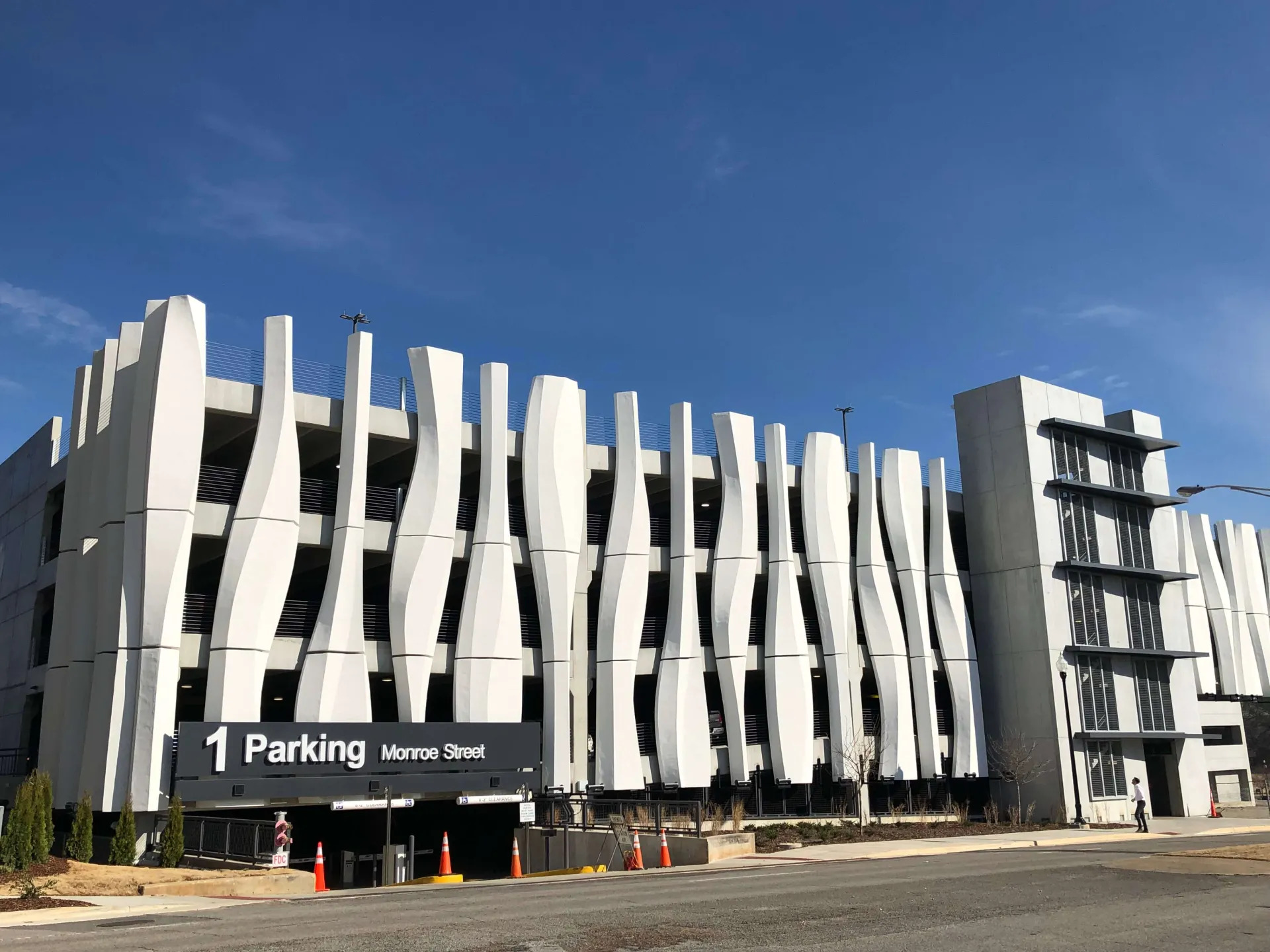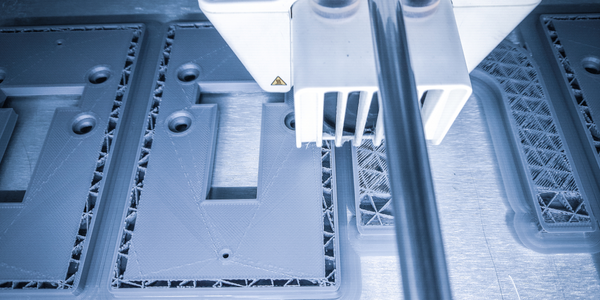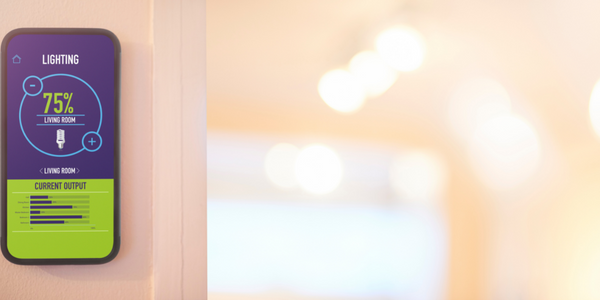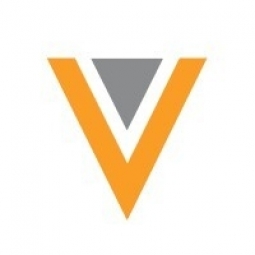Applicable Functions
- Quality Assurance
Use Cases
- Experimentation Automation
- Rapid Prototyping
Services
- System Integration
- Testing & Certification
About The Customer
Illumina is a global biotechnology company that specializes in DNA sequencing and array-based technologies. The company provides a line of products and services that serve the sequencing, genotyping and gene expression, and proteomics markets. Its products are used by a broad range of academic, government, pharmaceutical, biotechnology, and other leading institutions around the world. Illumina's mission is to improve human health by unlocking the power of the genome. The company was facing challenges in managing their study builds and was seeking a solution that could streamline the process and improve collaboration within the team.
The Challenge
Illumina, a leading biotechnology company, was facing significant challenges in managing their study builds. The traditional process involved authoring and reviewing specifications for over three months, after which the Contract Research Organization (CRO) would build the database. This process was not only time-consuming but also lacked efficiency and agility. The study team would then review the specifications, which was a manual, paper-based process. Additionally, Illumina was conducting 100% regression testing during User Acceptance Testing (UAT), which was a significant burden. The company was also running a COVID-19 diagnostics trial during the pandemic, which required great flexibility and rapid changes.
The Solution
Illumina adopted Veeva Vault CDMS to streamline their study builds and improve collaboration within the study team. With Veeva Vault EDC, the company eliminated the need for manual, paper-based specifications. Instead, rapid prototyping was done directly within the system, and the Vault EDC auto-generated the specifications. This empowered the data managers to configure Case Report Forms (CRFs), visit structures, and basic rules, reducing the need for extensive programming. The study team was able to review the system online, which facilitated better engagement and feedback. Furthermore, Illumina was able to eliminate regression testing during UAT with Veeva Vault EDC. The system generated a 'Differences Report' that documented every change, allowing the team to only test the changes. This significantly reduced the UAT burden and added no additional risk.
Operational Impact
Quantitative Benefit

Case Study missing?
Start adding your own!
Register with your work email and create a new case study profile for your business.
Related Case Studies.

Case Study
Green Planet Case Study
Ztech supplies turbine flow meters to one of the largest water utilities in Gujarat, there utility customer wanted them to provide real-time connectivity between their software and the water meter. They were also getting enquiry for a smart water meter from a lot of their existing customers too. One of their competitors had already launched its smart meter solution. They were short on time to launch such a water meter. Ztech wanted results in few weeks instead of months. They already had an water metering application but that was only designed for manual entries or hand held equipments.

Case Study
Atoll Solutions Case Study
Atoll provide rapid prototyping of IoT hardware and all the necessary blocks for quick go to market for its customers. Atoll needed a partner that could provide a platform for IoT connectivity that could reduce time to market for solutions developed using their products.

Case Study
Branch Technology: Achieving 100% Accuracy in Modeling with 3DEXPERIENCE Cloud Platform
Branch Technology, a Tennessee-based company that designs and manufactures commercial facade systems, was in need of a software solution that could process complex geometries to produce a multitude of components for various digital fabrication methods. The company was inspired by nature's efficient cellular structures and had developed a construction-scale, freeform 3D-printing technique and direct digital manufacturing approach called cellular fabrication (C-Fab®). However, they were facing challenges in implementing a digital process that could eliminate digital fabrication bottlenecks, be easily updated, and yield high fidelity parts. The company was in search of a solution that could help them imagine, compose, and construct complex design structures with ease and precision.

Case Study
Revamping Automotive Tool Design with Additive Manufacturing
The automotive industry has been facing challenges with the traditional drape forming process, a method used to adhere materials to car interiors. The conventional process uses a metal tool with heating and cooling channels to glue materials like leather onto car interiors. However, the tool, made by milling solid metal blocks, only allows for straight-line drilling of channels, limiting design possibilities. This limitation often leads to long cycle times and inconsistent heating and spreading of the glue, resulting in time and material wastage when the outcome doesn't meet the strict quality standards of the industry. The challenge was to eliminate these issues caused by using conventionally manufactured tools.
.png)
Case Study
Revamping Test Automation and Performance for Solebit (MimeCast)
Solebit (MimeCast), a company that provides identification and prevention of zero-day malware and unknown threats, was facing significant challenges with their testing processes. The existing automation tests, designed and developed by the in-house team, were not efficient. The tests were manually triggered by developers in a terminal, resulting in a large and complex file of results. The tests took over 20 hours to complete, and there was no history of the test runs available. The architecture of the test suite was unscalable, making it difficult to maintain a large number of test machines. The challenge was to create a simple runner for tests, increase their speed, redesign the architecture to support cloud platform integration, make the tests run more easily, and generate a clean report with all the necessary details. Additionally, improvements were needed for the current testing process, and some manual testing was also required.

Case Study
Automated Test Platform for IoT Lighting Systems: A Case Study
The customer, a US-based industry leader in lighting technology, had developed a proprietary wireless mesh networking protocol for their IoT-led outdoor lighting systems. These systems were used in various settings such as parking garages, airports, restaurants, and roadways. However, the functional testing of each wireless network for these diverse IoT devices became complex and adversely impacted the customer’s scalability and cost-effectiveness. The challenge was to build a test strategy that automated testing of their wireless outdoor lighting product line while sustaining the quality of their high-performance solutions.







